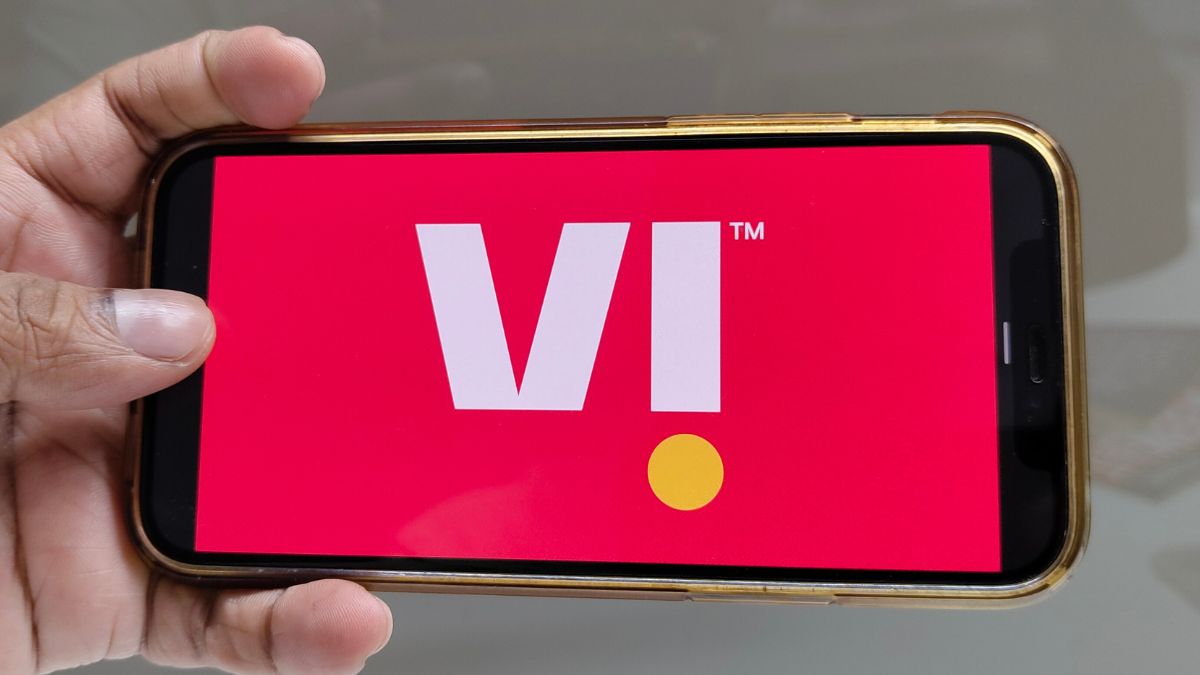Vodafone Idea has reduced subscriber churn and net loss sequentially, but still faces major challenges
 Representative Image
Representative Image
If you have been an investor of Vodafone Idea, the question that comes to mind is whether the glass is half full or half empty. On the one hand, the company’s loss has narrowed quarter-on-quarter, average revenue per user (ARPU) has improved, and the subscriber decline has slowed. But, on the other hand, it continues to report huge losses, subscribers still continue to port out, and funding from banks still remains elusive, even as capital requirements remain high.
Vi’s shares rose 5 per cent on the BSE on Monday and were further up around 1.7 per cent on Tuesday, trading at around Rs 6.57. The current price is a 60 per cent decline from its 52-week high of Rs 16.55 it had hit on August 29, 2024. In the same period, shares of rival Bharti Airtel have gained close to 22.5 per cent and currently trade around Rs 1,918.40.
The bearish sentiments around Vi are not surprising. Vi reported a net loss of Rs 6,608.1 crore in the April-June quarter, up 2.7 per cent from a loss of Rs 6,432.1 crore in the year-ago quarter, although it was 7.8 per cent lower than the Rs 7,166.1 crore loss it reported in January-March.
The telecom operator reported a quarterly revenue of Rs 11,022.5 crore in April-June, up 4.9 per cent from the revenue of Rs 10,508.3 crore in the year-ago quarter, but only slightly up compared with the January-March quarter revenue of Rs 11,013.5 crore.
ARPU, a key metric, is improving; it stood at Rs 165 in the June quarter, compared with Rs 146 in the June quarter of 2024. This has been aided by continued expansion of 4G coverage and increase in 4G/5G subscribers to 127.4 million in the first quarter of FY2026 from 126.7 million in the year-ago quarter. Vi now offers 5G in 22 cities.
However, Vi continues to see subscriber erosion on an overall basis. Its subscriber base has fallen 5.9 per cent from 210.1 million in the year-ago quarter to 197.7 million this June. But, it only lost 0.5 million subscribers in April-June, compared to the 1.6 million it lost in January-March and 5.2 million subscribers lost in October-December 2024, giving hope that the base may be stabilising now.
As of June 30, 2025, the group’s outstanding debt from banks (including interest accrued but not due) stood at Rs 1,944.5 crore. The deferred payment obligation towards spectrum, payable over the years till FY2044 and towards adjusted gross revenue (AGR), which is payable over the years till FY2031, aggregates to Rs 1.99 lakh crore.
“The group's financial performance has impacted its ability to generate cash flows that it needs to settle/refinance its liabilities as they fall due. The group's ability to continue as a going concern is dependent on support from DoT (Department of Telecom) on the AGR matter, successfully arranging funding and generation of cash flow from its operations that it needs to settle its liabilities as they fall due,” Vi’s auditors have warned.
Fund raising indeed remains a major speed bump for Vi. The company raised Rs 18,000 crore from a follow-on share sale back in April 2024 and raised around Rs 1,980 crore from promoters. The telecom operator has also been looking to raise debt of around Rs 25,000 crore for some time now from banks. However, that continues to be delayed, even as CareEdge upgraded its credit rating on Vi’s long-term bank facilities to BBB- from BB+ in April.
Vi incurred capital expenditure of Rs 2,440 crore in the June quarter. The capex requirement is expected to remain high as the company continues to improve overall 4G coverage and launch 5G in newer cities as it looks to stem customer loss. Vi will also need funds to repay its spectrum and AGR-related dues in the future, and that amount is huge, unless the government of India, which already held 49 per cent stake as of June 30, 2025 in the telco, offers further help.
Aditya Bansal, research analyst at Motilal Oswal Financial Services, noted that despite the equity infusion and acceleration in network capex, Vi has continued to lose market share to peers. He estimates the company has lost 110 basis points year-on-year (20 bps sequentially) in subscriber market share and 140 bps year-on-year (30 bps sequentially) in revenue market share among the three private telcos.
“In the absence of relief on AGR dues (Rs 16,400 crore annual repayments starting March 2026) and the closure of debt raise, Vi’s planned capex of Rs 50,000-55,000 crore remains in jeopardy, potentially resulting in higher subscriber churns,” Bansal pointed.
The analyst cut Vi’s revenue and EBITDA (earnings before interest taxes depreciation and amortization) estimates for FY2027-28 by 4-5 per cent.
The company remains engaged in discussions with lenders with regards to the debt funding, said Akshay Moondra, the outgoing CEO of Vi. It is also exploring non-bank avenues for its funding requirements, he added.
Getting the funding sorted and resolving the AGR issue with the government will no doubt be the key tasks for new CEO Abhijit Kishore, whose appointment is effective August 19. Kishore was earlier the chief operating officer of the company.
“Vi has funding to incur elevated capex only till Q2 FY26; its future capex is dependent on closing the funding arrangement, which has been in the process for a while,” said Sanjesh Jain of ICICI Securities.
The company is also hopeful of a resolution on AGR matter before its first instalment is due in March 2026 and it remains critical for establishing its going concern status, added Jain.
Lower than expected revenue market share and subscriber base, and inability to raise more funding will remain key downside risks for Vi going ahead, analysts said.
Business